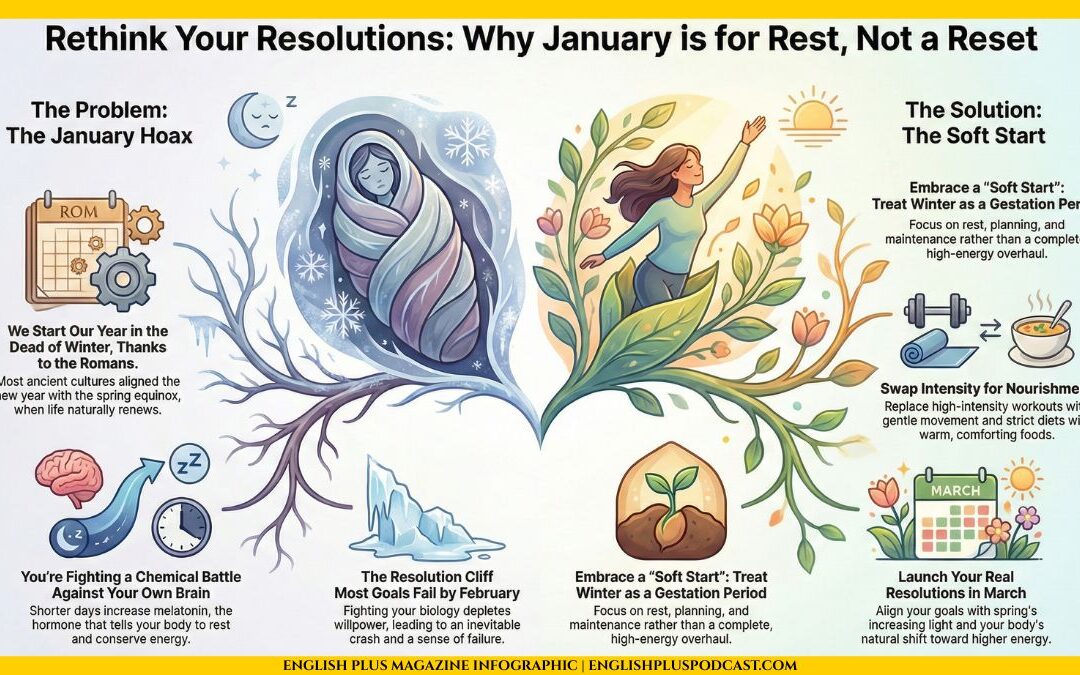For too long, humanity has toyed with the mighty atom, unlocking the secrets of its nucleus, but also releasing its destructive potential. The narrative of nuclear energy has always been entwined with our aspirations and our fears, making it a symbol of power, and yet, a specter of annihilation. However, between the radiant promise of energy and the horrific shadow of the mushroom cloud, lies the lesser-known tale of radiation sickness, the silent predator that stalks the corridors of the nuclear age.
From the Atomic Cities of the mid-twentieth century to the modern reactors humming with promises of clean energy, radiation, the invisible byproduct of our nuclear endeavors, has consistently been an underappreciated threat. The sickness it brings is not just an after-effect of catastrophic nuclear disasters but can be a silent companion of nuclear facilities, even when they function as intended.
The human body is a delicate orchestra of countless cellular processes. Radiation disrupts this harmony, introducing chaotic notes that can lead to severe health consequences. At its most basic, radiation sickness, or Acute Radiation Syndrome (ARS), is damage inflicted on bodily tissues by high doses of ionizing radiation in a short duration.
In the early 20th century, this phenomenon was first observed in radium dial painters who inadvertently ingested radioactive material. They suffered from anemia, bone fractures, and aggressive cancers due to the high levels of radiation they were exposed to. The “Radium Girls,” as they are now known, were among the first casualties of the industrialized nuclear age.
The destruction of Hiroshima and Nagasaki by atomic bombs in 1945 saw radiation sickness on an unprecedented scale. Thousands survived the initial blast only to succumb to ARS in the days and weeks that followed. Symptoms ranging from nausea, vomiting, and diarrhea to loss of hair and bleeding were rampant, with the most severe cases resulting in death. This somber episode of human history unveiled the latent lethality of radiation sickness to the world.
However, ARS is not the sole manifestation of radiation sickness. Long-term, lower-dose exposures result in Chronic Radiation Syndrome (CRS), characterized by recurring illness over several years. A grim testament to CRS’s destructive potential is the Techa River incident in Russia, where nuclear facility effluents contaminated the river system, causing widespread CRS among the unsuspecting population.
Nuclear accidents, such as those at Chernobyl and Fukushima, have also highlighted the threat of radiation sickness. Following the Chernobyl accident, over 130 plant staff and emergency workers suffered from ARS, with 28 fatalities. In Fukushima, while no ARS cases were reported, over 160,000 people were evacuated due to radiation fears.
Our ongoing interactions with nuclear technology, whether in medicine, energy production, or weapons development, necessitate a clear understanding of radiation sickness. It is essential not just for emergency planning and nuclear facility design, but also for the political and ethical discourse surrounding nuclear technology.
We are now in the Anthropocene, a geological epoch where humanity is the dominant influence on the environment. As custodians of the Earth, it is our responsibility to address radiation sickness’s hidden cost. We must strive for a balanced approach to nuclear technology, one that reaps its benefits without overlooking its potentially devastating health implications.
Nuclear energy, if harnessed carefully, has the potential to provide a substantial portion of our global energy needs, but this should not come at the cost of public health. Measures like stringent safety standards, improved reactor designs, responsible waste disposal, and regular health monitoring in nuclear facility vicinities are crucial.
Moreover, we must invest in research to develop effective treatments for radiation sickness. Currently, options are limited, with care often focusing on supportive treatments and managing complications. Advancements in understanding radiation’s biological effects can lead to better predictive models and therapeutic interventions.
In our dance with the atom, radiation sickness is a misstep we can ill afford. This hidden cost of the nuclear age must be brought to light and addressed with urgency and empathy. For as we peer into the heart of the atom, we must not forget to safeguard the beating heart of humanity.
In this sobering exploration of radiation sickness, we discover that the nuclear age’s price is more than the looming fear of mushroom clouds on the horizon or the constant struggle for power among nations. It is a price paid in human health and lives, often away from the public eye. It is a reminder that even as we reach for the stars, we must keep our feet firmly planted on the ground, nurturing the soil that sustains us, not poisoning it. The future of our nuclear journey hinges on our ability to understand this lesson and act upon it. It is, after all, a journey we undertake not just for us, but for all of humanity, for the generations yet to come, and the planet we all call home.
Keywords:
- Acute Radiation Syndrome (ARS): A severe illness caused by exposure to a high dose of penetrating radiation in a very short period.
- Chronic Radiation Syndrome (CRS): A condition characterized by a range of symptoms that occur after a long-term exposure to a lower dose of radiation.
- Anthropocene: A proposed epoch that begins when human activities started to have a significant global impact on Earth’s geology and ecosystems.
- Radium Dial Painters: Workers who painted watch dials with self-luminous paint, which contained a mixture of phosphorescent paint and radium.
- Ionizing Radiation: A type of energy released by atoms that travels in the form of electromagnetic waves or particles.
- Radium Girls: Female factory workers who contracted radiation poisoning from painting watch dials with self-luminous paint.
- Nuclear Accidents: An incident that leads to a significant release of radiation or nuclear energy, such as a meltdown in a nuclear power plant.
- Effluents: Wastes or pollution discharged into the environment, typically into water bodies.
- Therapeutic Interventions: Treatments intended to relieve or heal a disorder.
- Supportive Treatments: Therapies that aim to alleviate symptoms and improve the quality of life, without aiming to cure the underlying disease.
Key Takeaways:
- Radiation sickness, or Acute Radiation Syndrome, is a severe illness caused by exposure to high doses of radiation in a short time.
- Long-term exposure to lower doses of radiation can lead to Chronic Radiation Syndrome, characterized by recurring illness over several years.
- Nuclear accidents at places like Chernobyl and Fukushima have highlighted the threat of radiation sickness.
- Measures like stringent safety standards, improved reactor designs, responsible waste disposal, and regular health monitoring are crucial in nuclear facilities.
- There is a need for more research into effective treatments for radiation sickness, as current options are limited.
The Nuclear Age Articles
Unraveling The Atomic Age: The Life and Legacy of J. Robert Oppenheimer
Unveiling the Atom: The Manhattan Project’s Deep Impact on World History
Albert Einstein: The Maverick Mind that Revolutionized Physics
Leo Szilard: The Atomic Pioneer’s Crusade for Peace
The Ethical Odyssey: Exploring Morality in the Course of Scientific Discovery
Los Alamos National Laboratory: Navigating the Past, Present, and Future of Scientific Innovation
The Cold War: Superpowers in the Ballet of Weaponry
Nuclear Proliferation: The Ever-Present Global Challenge
Interplay of Science and Politics: The Unsung Dance of Progress
Enrico Fermi: Mastermind Behind the Nuclear Age
From Atomic To Thermonuclear: A Detailed Examination of Nuclear Weapon Evolution
The Unforgotten Echoes: Hiroshima and Nagasaki’s Tale of Nuclear Devastation and Human Resilience
Living Under the Mushroom Cloud: The Psychological Impact of the Nuclear Age
Nuclear Fallout: Unmasking the Invisible Threat to Health and Environment
The Power and Peril of Nuclear Energy: A Balanced Perspective
Radiation Sickness: Unveiling the Hidden Costs of the Nuclear Age
From Darkness to Light: Lessons from Chernobyl and Fukushima
Deciphering the Nuclear Waste Conundrum: The Path Towards Sustainable Solutions
Guarding the World from Nuclear Threats: International Laws for Nuclear Disarmament
Journey to Peace: Unraveling the Path to Global Nuclear Disarmament
Culture Echoes of the Atomic Age: Artistic Narratives in the Nuclear Era










0 Comments